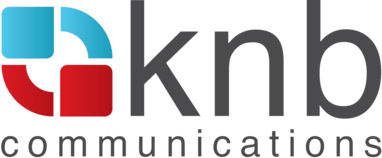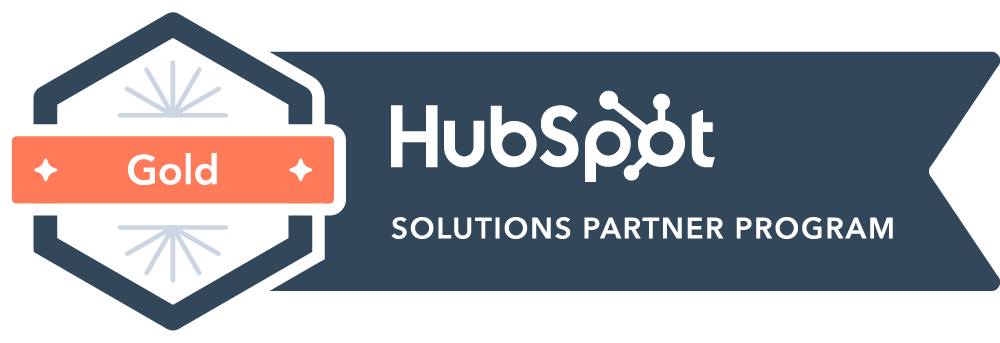The 5 Fundamentals of Inbound Marketing
Table of contents
There are 5 fundamental components of inbound marketing-- goals, contacts, buyer personas, buyer’s journey, and content. These fundamentals assist marketers in planning long-term strategies that will satisfy customers or clients.
- Goals
Setting goals is the starting point for inbound marketing. It is important to start with objectives that you want to achieve. Do you want to increase traffic to your website? Do you want to increase engagement on social media? Set goals that show how your marketing strategy will help your company grow. It is also important to set objectives that will help provide cross-functional alignment within your business. A business with clear goals will successfully advance in changing environments.
- Contacts
For inbound marketing, your contacts are the real people that you provide value to and build relationships with. This can be anybody your company markets to, partners with, engages with or sells to. A strong contact database is key in allowing your business to expand. Segmentation within your database ensures that you are sending your customers relevant information that will capture their attention and persuade them to engage with your business. Contacts can be segmented in many different ways including corresponding with specific marketing goals or company wide goals. It is important to note what you are trying to accomplish with different segments. The content you send to prospective clients should be different from the content you send to current clients.
- Buyer personas
The buyer persona is a representation of your ideal customer based on real data. This data contains information about their demographics, behaviors, motivations, and goals. The buyer persona helps marketers understand their customers’ wants and needs so they can effectively communicate with them.
- Buyer’s journey
The buyer’s journey is the active research process a person experiences leading up to a purchase. There are 3 stages to the buyer’s journey which include the awareness stage, consideration stage, and the decision stage.
- Awareness stage
This stage is about the customer realizing they have a problem, and then doing research to understand their problem. As marketers, it is important to create awareness based on the buyer’s needs. How can your product or service solve the customer's problem?
- Consideration stage
The consideration stage defines the customer’s problem. In this stage, the customer is seeking out the best solutions to their problem and deciding what aspects are most important to them. What can you offer to keep the customer interested?
- Decision stage
In the last stage, the prospective customer has decided on a solution strategy. Strong communication is very important in the decision stage, because a client will want guidance in their decision making process. How can you effectively communicate that your solution is the right one?
- Content
Lastly, the content portion of inbound marketing is what is going to attract customers. Your content should be based on your contacts, buyers’ personas, and the buyer’s journey. If customers find content helpful and valuable to them, they are more likely to engage with your business. The content you provide should have specific value for each of your contacts because this will help you build trust with them. Clients want to feel like you are catering specifically to them with your marketing efforts.
Inbound marketing is a great way to build long-lasting relationships with customers and expand your business. If you are looking to attract, engage, and delight your customers, KNB Communications can help you get started. We would love to chat with you!
Search




.svg)




